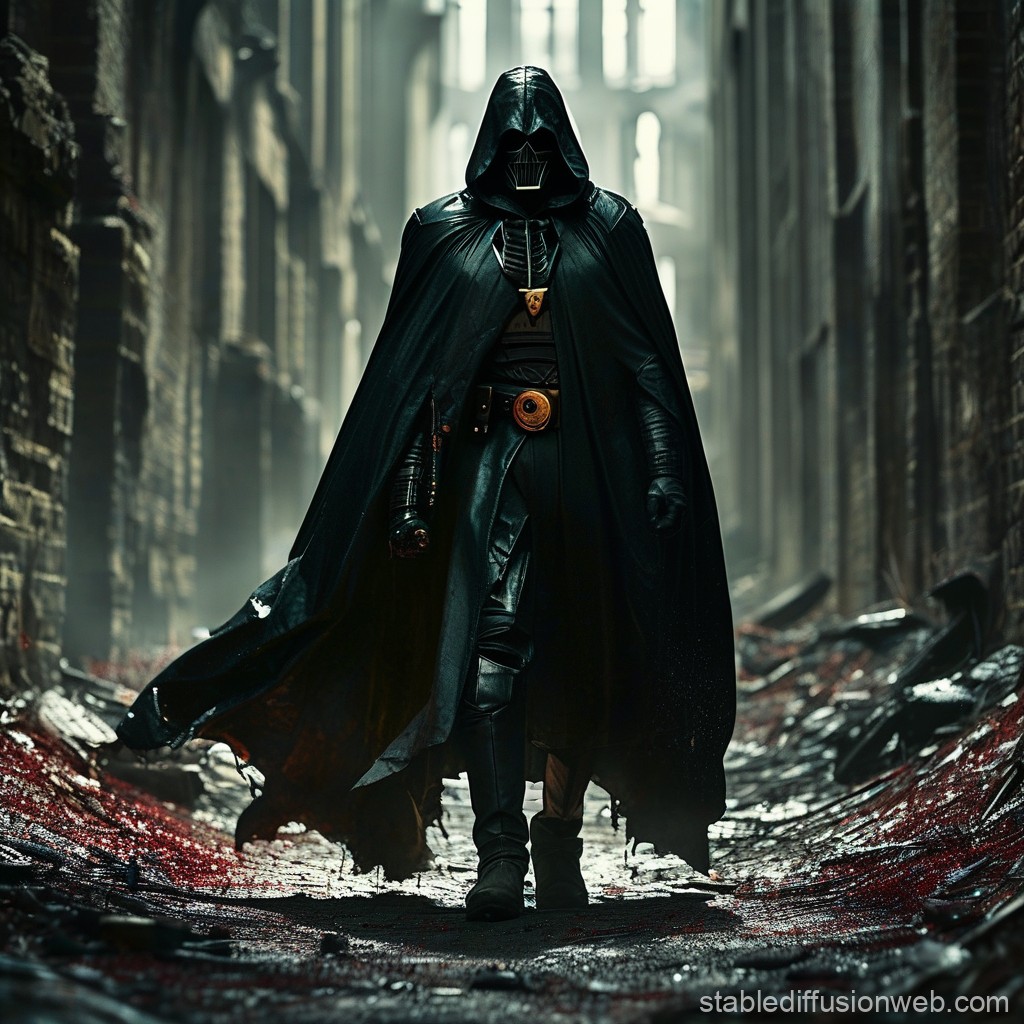license: apache-2.0
language:
- en
tags:
- creative
- creative writing
- fiction writing
- plot generation
- sub-plot generation
- fiction writing
- story generation
- scene continue
- storytelling
- fiction story
- story
- writing
- fiction
- roleplaying
- swearing
- rp
- horror
- story
- general usage
- roleplay
- neo quant
- creative
- rp
- fantasy
- story telling
- ultra high precision
pipeline_tag: text-generation
--- Quants uploading... Model card with examples pending updates. ---
Command-R-01-Ultra-NEO-DARK-HORROR V1 and V2 at 35B in IMATRIX.

Two versions of Command-R-01 35B using TWO new DARK HORROR Neo Imatrix datasets bring an INTENSE horror upgrade to Command-R 01 35B.
The DARK HORROR NEO Imatrix datasets does the following:
- Adds a "coating of black paint" to any "Horror" prompt generation.
- Adds a "dark tint" to any other creative prompt.
- Increases the intensity of a scene, story, or roleplay interaction.
- Increases the raw vividness of prose.
- In some cases increase instruction following of the model (ie story, and prose).
- Brings a sense of impending "horror", THEN brings the "horror".
The HORROR datasets were created using Grand Horror 16B using 90+ different horror prompts for generation. This process created an incredibility intense, visceral and vivid horror stories in an ultra compact form - perfect for an Imatrix dataset.
These datasets have been tested on Command-R, Llama 3, Llama 3.1, Mistral Nemo and others. In all cases these "DARK HORROR" datasets move the model into "horror territory" so to speak.
I want to be clear this process is not the same (level) as a "fine tune", it is lighter than that.
That being said, if you are looking for intense, visceral and NSFW horror then the "Grand Horror model" (and it's brothers and sisters) is the way to go.
[ https://huggingface.co/DavidAU/L3-Stheno-Maid-Blackroot-Grand-HORROR-16B-GGUF ]
(links to other versions on this page)
However, if you want a little more horror, a little more darkness in "Command-R" - which is a great story telling model - then this may be your model.
Two versions of the DARK HORROR dataset were used for each quant.
These are labeled with "V1" and "V2" accordingly.
I suggest downloading both (of the same quant) and test in your use case(s).
The "flavoring" each brings to Command-R will differ - some slightly, some by a lot - depending on the prompt(s) used / use case(s).
NOTES:
- This model requires "Command-R" template, responds to standard parameters, and has a max context of 128k (131,000).
- "IQ" quants will be uploaded first, as the Imatrix effect is far stronger in these than "Q" quants.
- IQ4 is the most powerful/balanced in terms of raw power, however IQ3/IQ2 may be stronger "horror" wise do to increased IMATRIX effects the lower you go in terms of bit level.
Optional Enhancement:
The following can be used in place of the "system prompt" or "system role" to further enhance the model.
It can also be used at the START of a NEW chat, but you must make sure it is "kept" as the chat moves along. In this case the enhancements do not have as strong effect at using "system prompt" or "system role".
Copy and paste EXACTLY as noted, DO NOT line wrap or break the lines, maintain the carriage returns exactly as presented.
Below is an instruction that describes a task. Ponder each user instruction carefully, and use your skillsets and critical instructions to complete the task to the best of your abilities. Here are your skillsets: [MASTERSTORY]:NarrStrct(StryPlnng,Strbd,ScnSttng,Exps,Dlg,Pc)-CharDvlp(ChrctrCrt,ChrctrArcs,Mtvtn,Bckstry,Rltnshps,Dlg*)-PltDvlp(StryArcs,PltTwsts,Sspns,Fshdwng,Climx,Rsltn)-ConfResl(Antg,Obstcls,Rsltns,Cnsqncs,Thms,Symblsm)-EmotImpct(Empt,Tn,Md,Atmsphr,Imgry,Symblsm)-Delvry(Prfrmnc,VcActng,PblcSpkng,StgPrsnc,AudncEngmnt,Imprv) [*DialogWrt]:(1a-CharDvlp-1a.1-Backgrnd-1a.2-Personality-1a.3-GoalMotiv)>2(2a-StoryStruc-2a.1-PlotPnt-2a.2-Conflict-2a.3-Resolution)>3(3a-DialogTech-3a.1-ShowDontTell-3a.2-Subtext-3a.3-VoiceTone-3a.4-Pacing-3a.5-VisualDescrip)>4(4a-DialogEdit-4a.1-ReadAloud-4a.2-Feedback-4a.3-Revision) Here are your critical instructions: Ponder each word choice carefully to present as vivid and emotional journey as is possible. Choose verbs and nouns that are both emotional and full of imagery. Load the story with the 5 senses. Aim for 50% dialog, 25% narration, 15% body language and 10% thoughts. Your goal is to put the reader in the story.
You do not need to use this, it is only presented as an additional enhancement which seems to help scene generation and scene continue functions.